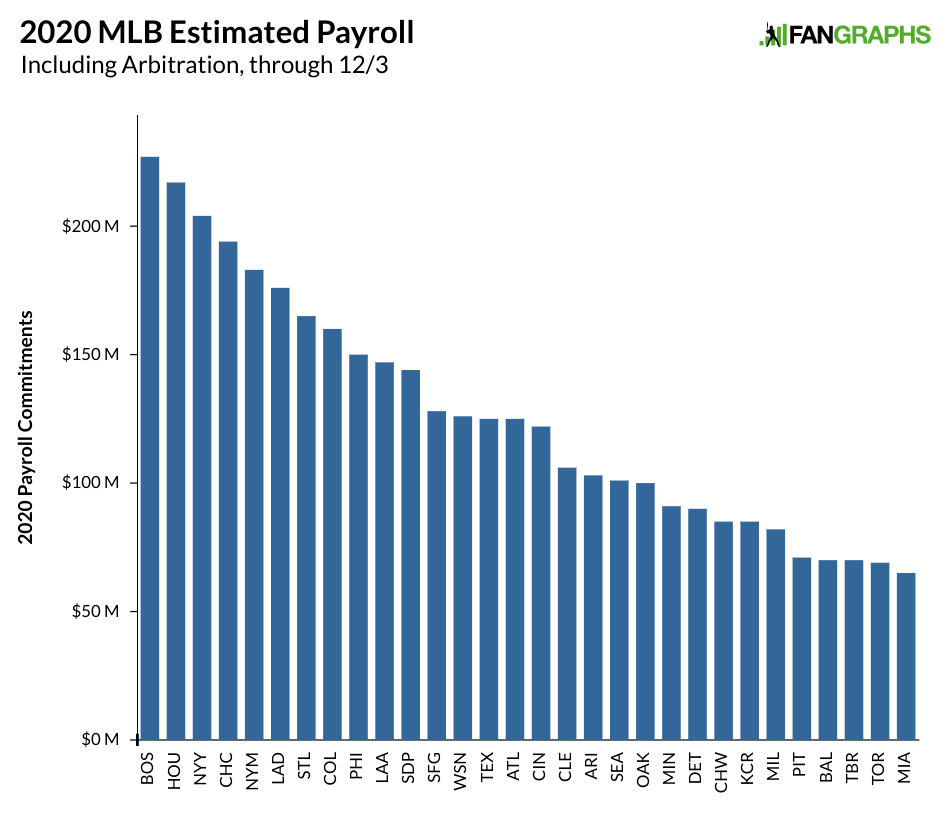The Phillies Get a New Set of Wheels
The indefatigable Ken “Robothal” Rosenthal reported Wednesday afternoon that Zack Wheeler had agreed with the Philadelphia Phillies on a five-year contract. Reportedly worth $118 million in guaranteed salary, Wheeler will remain in Philadelphia through the end of the 2024 season, barring a trade.
In my Elegy for ’19 article talking about the Phillies, when discussing the future, my hope was that the team would continue pushing forward financially. While it would seem unlikely that Philadelphia would suddenly become overly thrifty, the club would be far from the first contender to suddenly get nervous about nearing the luxury tax threshold.
Wheeler was always expected to be a top starter. A first-round pick for the Giants in 2009, he was traded to the Mets at the 2011 trade deadline straight-up for Carlos Beltran. Wheeler had little trouble adjusting to the majors, putting up FIPs of 4.17 and 3.55 in 2013 and ’14 over 49 starts for the Mets. Doesn’t it feel a bit odd that a 3.55 FIP was just a little better than league-average as recently as 2014?
During spring training in 2015, Wheeler was diagnosed with a torn UCL, resulting in Tommy John surgery that cost him the entire season. Arm soreness during his rehab in 2016 delayed Wheeler’s comeback with the Mets until the next year. It wasn’t until 2018 that Wheeler really appeared to be picking up where he left off, throwing 182.1 innings with a 3.31 ERA/3.25 FIP, enough for 4.2 WAR. Last year featured much of the same good stuff, with Wheeler’s .311 BABIP likely being partially the fault of an unimpressive Mets defense. Perhaps most importantly, 2019 put Wheeler’s 2 1/2 lost years more comfortably in the rear-view mirror, something important for a team making a significant contract commitment. Read the rest of this entry »

 Kiley McDaniel
Kiley McDaniel